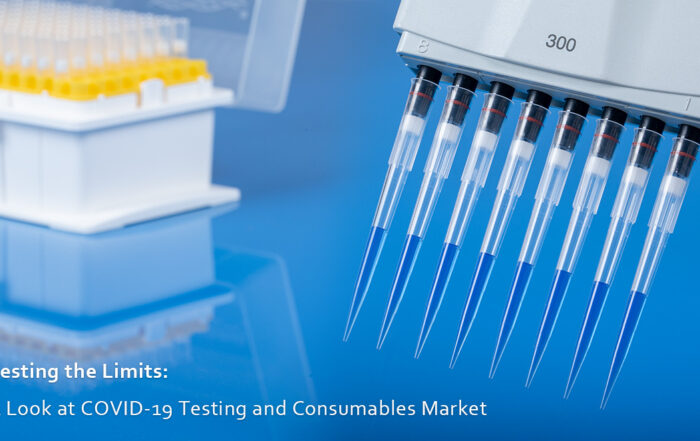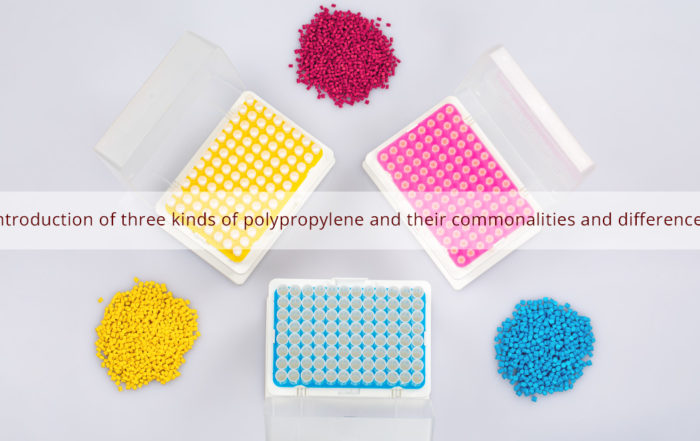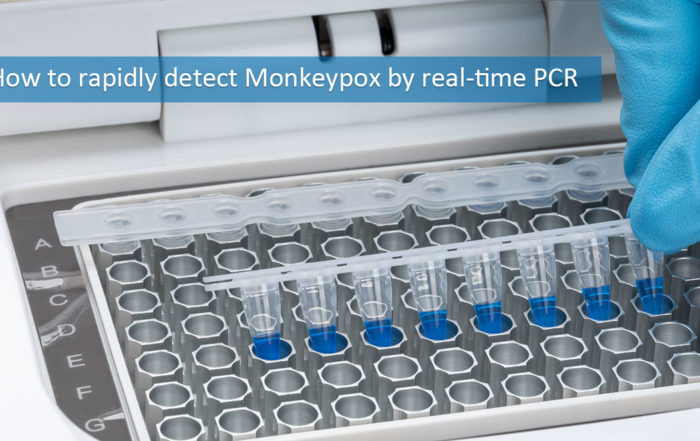Running and managing a lab can be pretty expensive because you are always buying the latest lab equipment or machines. But, what if I told you that by getting self-standing centrifuge tubes, you could actually be saving some money?
Let’s take a look at how these tubes work and what their main benefits are. We’re also going to talk about lab safety and how to properly store your samples.
Safety Regulations in a Lab
Now, most labs have their own rules and regulations that you should follow. Nevertheless, there are a couple of things that always stays the same, no matter where you work.
General Safety Rules
First, never eat or drink when you’re in the lab. Also, keep your hands clean and wash them every time you enter and leave the lab.
If there’s an accident in the lab, tell your supervisor right away. Another important thing is to get familiar with emergency exits and equipment. I would also recommend learning a bit about different safety signs in the lab so that you can react fast if there’s an accident.
Housekeeping Rules
Keep your area or station clean at all times. If you accidentally spill something, make sure to clean it right away. Also, if you can, label all of your protective eyewear and write your name to avoid someone else using your equipment.
It is also key that you dispose of all the waste in the proper containers. Also, never throw away organic and hazardous waste in the same place.
Centrifuge Tubes
Now, as you might know, centrifuge tubes come in different shapes, sizes, and colors. So, finding the right tubes for your lab could be tricky if you’re not sure what you’re looking for.
For example, there’s a big difference between centrifuge tubes with a conical bottom and self-standing ones. But what makes them so different? Also, can self-standing tubes really save you money? Well, let’s take a look.
Self-Standing Centrifuge Tubes
Unlike conical centrifuge tubes, these ones have a skirted bottom, so they can stand on their own. They come in a variety of different sizes and colors. You can even customize the color of your caps for easy labeling.
Most self-standing tubes are made out of plastic, not glass. Plastic centrifuge tubes are much cheaper and more durable compared to glass ones. Also, you can get them in different sizes, ranging from 5 ml to 50 ml.
Of course, you can use self-standing tubes for your centrifuge, but that’s not all. These tubes also double as containers for your samples or even materials. You can use them as small storage containers for your lab, or even at home.
Money-Savers
Now, durability and extra storage space is great, but how do they save you money? First, since they can stand on their own, you won’t have to buy tube racks ever again. If you’re working with a smaller budget, buying glass centrifuge tubes with a conical bottom isn’t really cost-effective.
But, because you can put these down on any flat surface, tube racks will become a thing of the past. But wait, there’s more. How many times have you had a centrifuge tube with a conical bottom roll off the table?
If you get a self-standing tube, you don’t have to worry about where you set it down. Never again will you break an expensive centrifuge tube on the hard, lab floor. Have I also mentioned that most of them are reusable and easy to clean?
You can use the money you’ve saved on new centrifuge tubes to buy some extra machines or equipment for your lab — the possibilities are endless.
Things to Consider
Hopefully, this guide has cleared up some questions you might have had about self-standing centrifuge tubes. If you’re still on the fence, let’s do a quick recap.
Self-standing tubes are durable and easy to clean. You can also get reusable tubes, which are cheaper and environmentally friendly. Since they can stand on their own, you don’t have to buy a tube rack. You can use them to store your samples, and you won’t ever have to worry about them rolling off a table.
There aren’t many downsides to using self-standing centrifuge tubes, so why not go for it and try them out to see how they fit your lab?
Testing the Limits: A Look at COVID-19 Testing and Consumables Market
The COVID-19 pandemic has drastically impacted every aspect of our lives, from the way we socialize and work to how we travel and shop. At the center of the health crisis is the [...]
Introduction of three kinds of polypropylene and their commonalities and differences
Polypropylene (PP) can be divided into three types, Homo-polymer polypropylene (PP-H), Block-Copolymer polypropylene (PP-B), and Random-Copolymer polypropylene (PP-R). Below are the advantages and disadvantages as well as some uses for these kinds of PP. 1. Introduction of three [...]
How to rapidly detect Monkeypox by real-time PCR
Based on the full sequence of monkeypox virus (AF380138) F3L gene published in GenBank, primers, TaqMan and MGB probes were designed and synthesized, and a fluorescent quantitative PCR detection method for F3L gene was established. [...]


